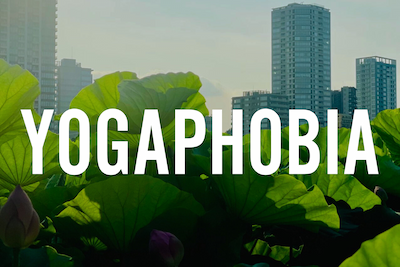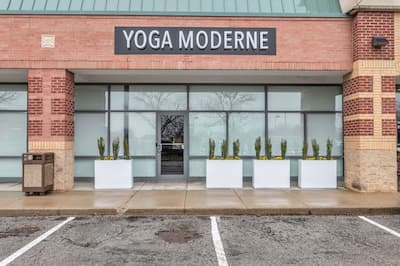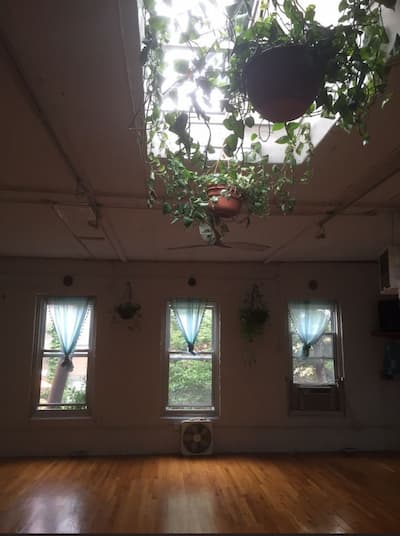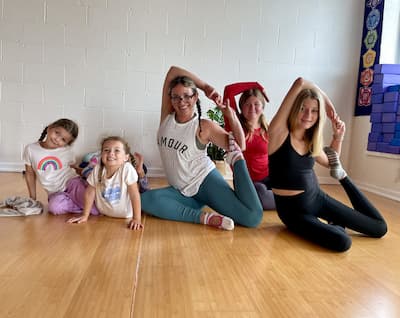· Wellbeing · 2 min read
Tackling Flexibility Fears in Yoga
Flexibility is not a prerequisite for yoga - it's a journey. Learn how props, heat, and proper form can help you embrace your practice regardless of your current flexibility.
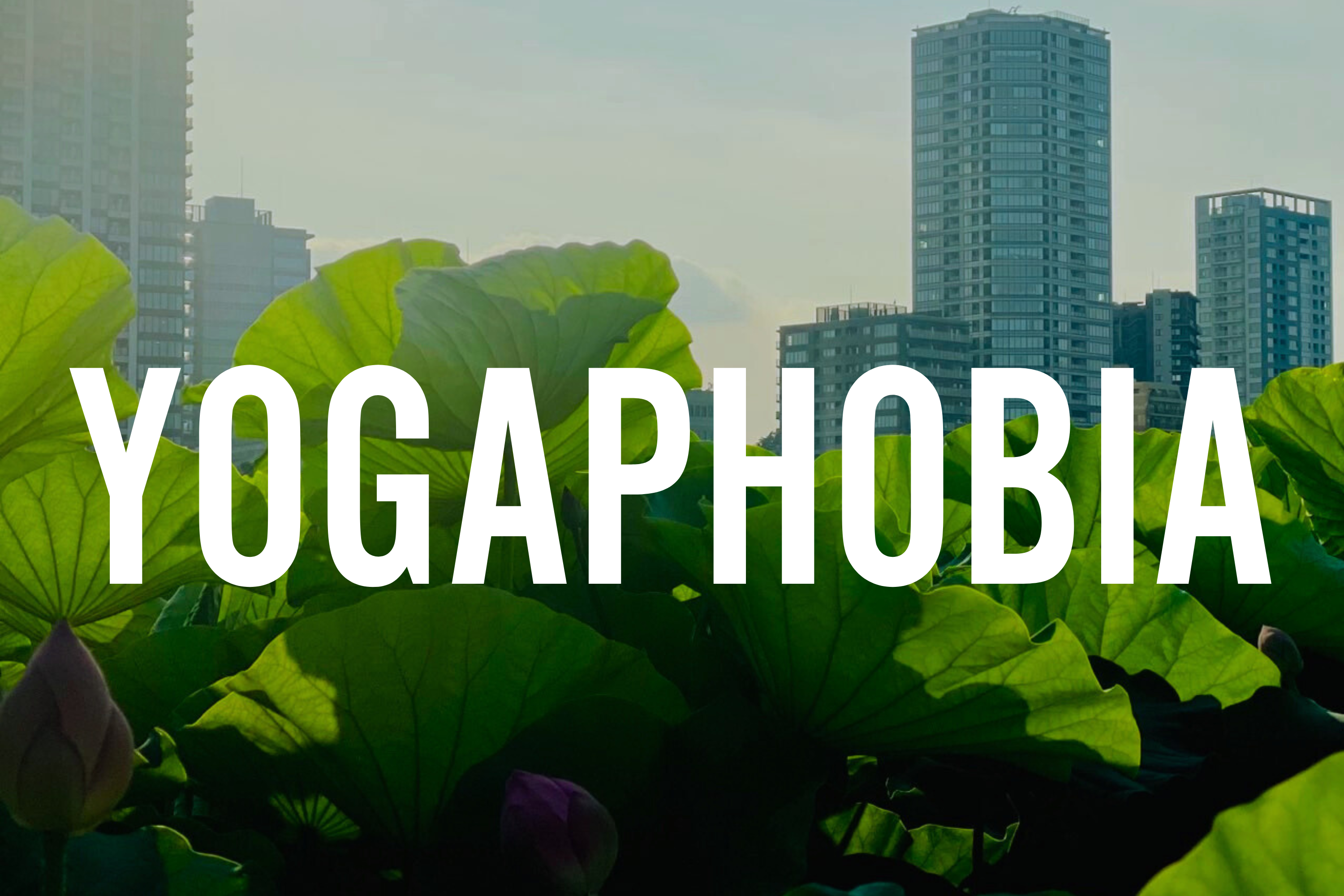
In this post, we’ll tackle flexibility fears.
Part I of III
Many people avoid yoga because they are inflexible. We want to suggest that this makes about as much sense as thinking you shouldn’t eat because you’ll only get hungry again. Flexibility is not a static state. Flexibility is all about “what have you done for me lately”?
Surely we each remember periods where we have done a better job of stretching with runs or workouts, and how our flexibility improved. Stop stretching and what happens? Our flexibility diminishes.
What have you done for your flexibility lately?
Part II of III
Let us offer a few reassurances that will help you in your journey back to your more supple self:
We offer ALL the props. Blocks, straps, bolsters, and blankets: they are all there for a reason. The use of physical SUPPORT allows us each to modify our practice to accommodate the needs of our physical form today.
Just add HEAT. Our Heated format classes are offered in a room heated between 80 - 90 degrees. We promise you will love it. You may have tried hot yoga in the past and loved it or hated it. There are some great Hot Yoga studios in the area and you’ll sometimes see us join you there for some catharsis and detox. Those classes, though, are typically heated to 104 degrees. So you’ll find our heated classroom gentler, while still experiencing some flexibility benefit from the heat.
Form, alignment, and integrating strength into the poses is just as important or more than flexibility. Consider starting your practice in Form Lab 1.0. There, you’ll find a focus on the poses that brings your flexibility into practice alongside the proper foundations and focus in each pose.
Part III of III
As with all fears, we’ve found it useful to refer back to historical sources. Is flexibility important to yoga?
Neither the Upanisads (800-500 BCE) or Baghavad Gita (500-200 BCE) describe yoga in terms of stretching exercises.
Pātañjalayogaśāstra (Sutra 2.46) (200 BCE-500 CE) says to remain stable and relaxed.
The Patanjalayogasatravivarana (700-800 CE) lists 12 poses, all of which are variations of seats:
The ‘lotus’ (padmāsana), ‘hero’ (vīrāsana), ‘good fortune’ (bhadrāsana), ‘lucky mark’ (svastikāsana), ‘stick’ (dandāsana), ‘supported’ (sopāśraya), ‘couch’ (paryanka), ‘seated crane’ (krauñcaniṣadanam), ‘seated elephant’ (hastiniṣadana), ‘seated camel’ (uṣtraniṣadana), ‘symmetrical’ (samasamsthāna), ‘steadily serene’ (sthitaprasrabdhi).
If flexibility is not a huge component of your practice, you would be joining a very well-regarded tradition.
Interested in learning more? Contact us or try a class.
Overland Park, Kansas
Almost always online, from anywhere.
